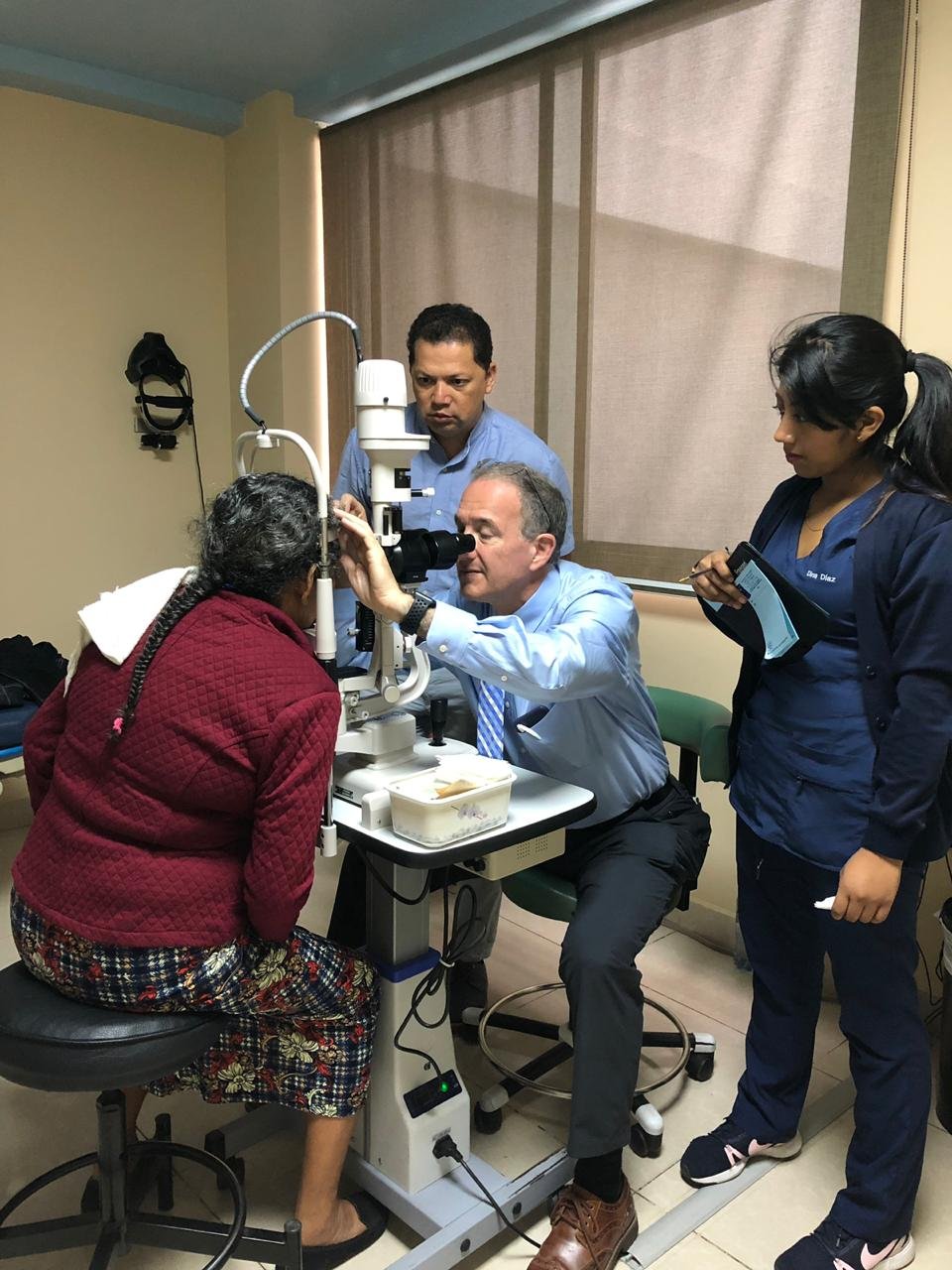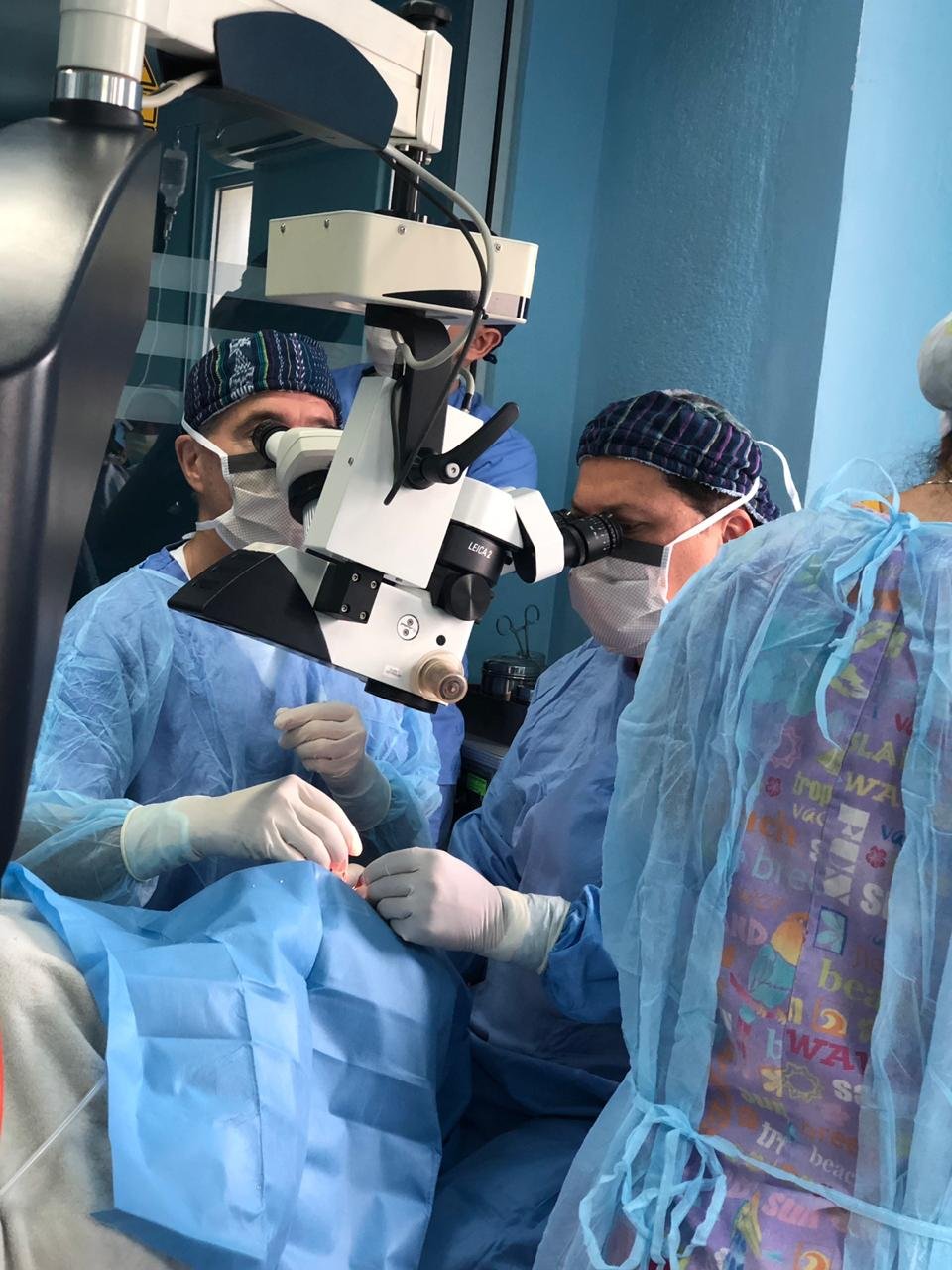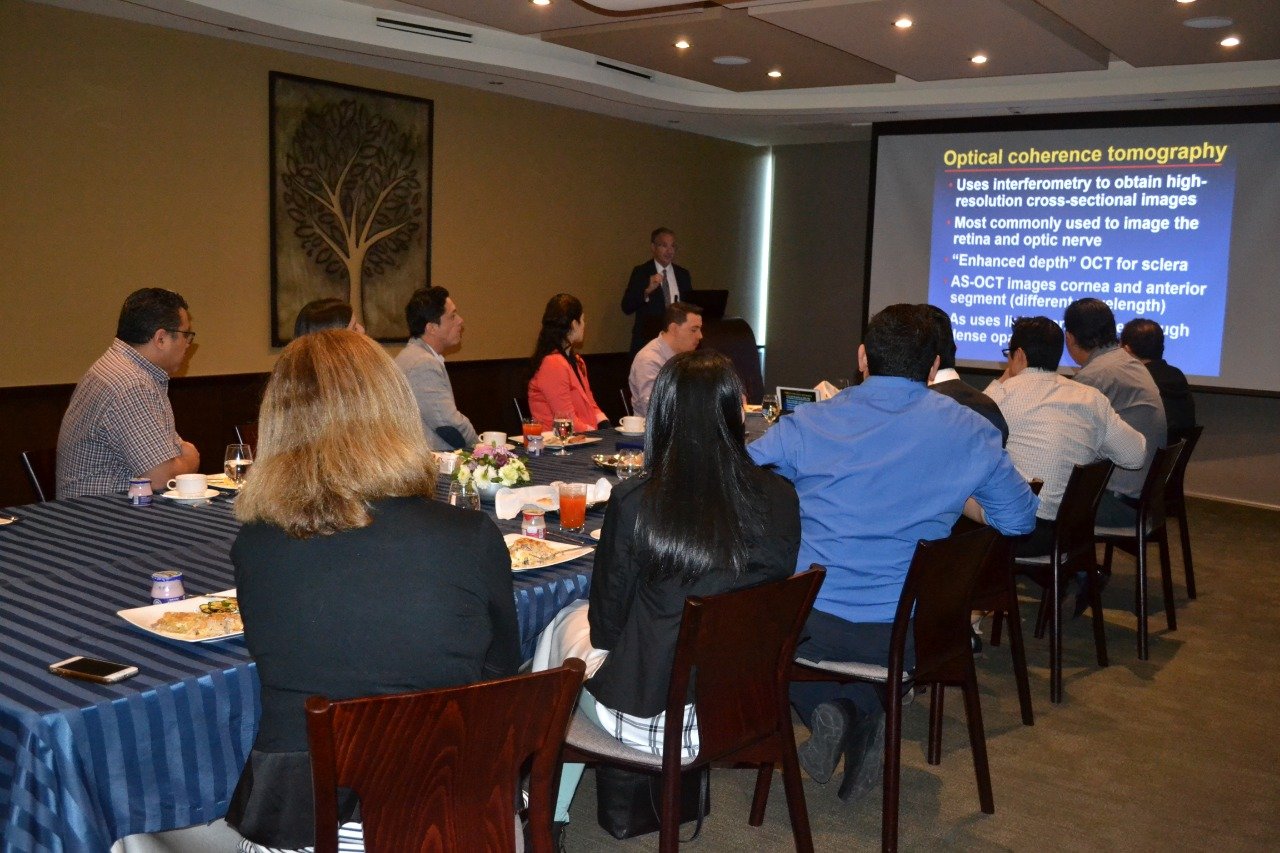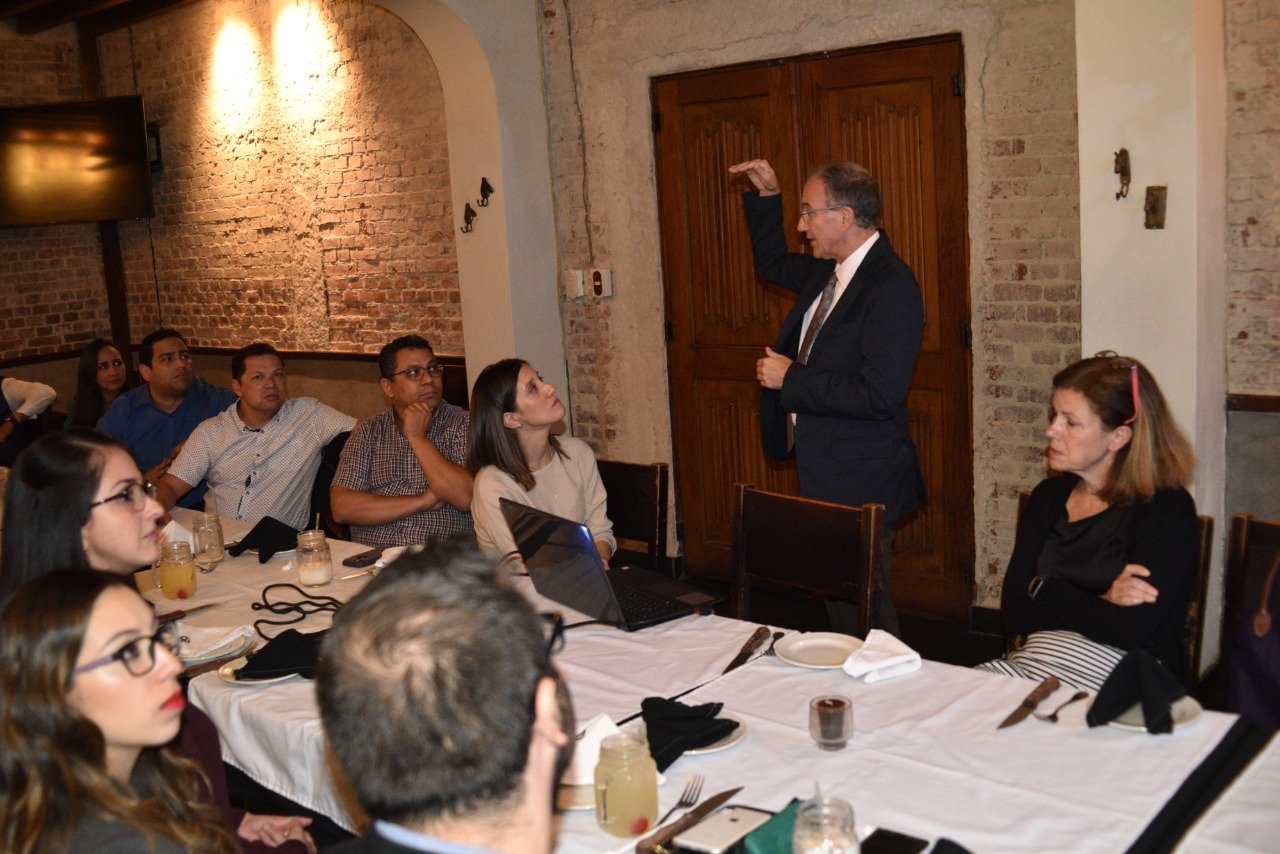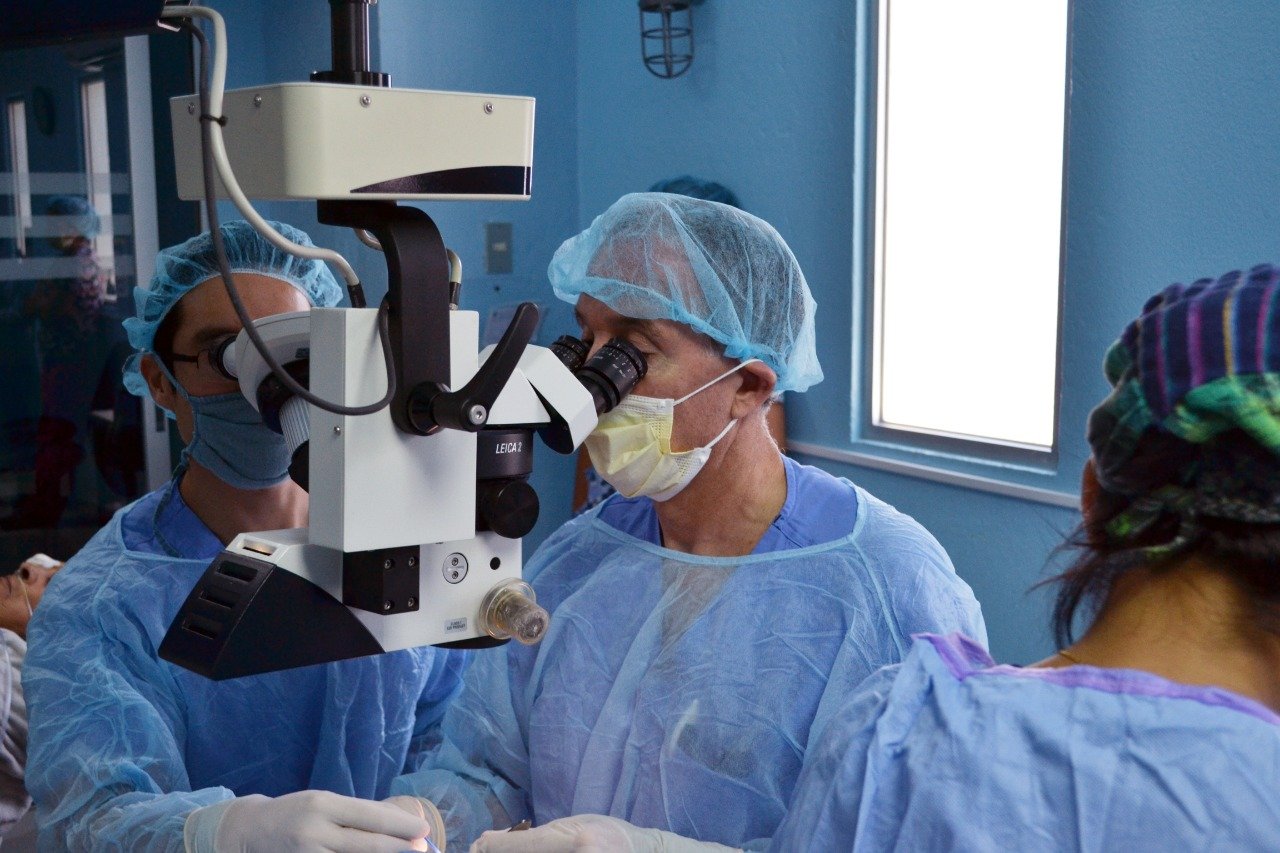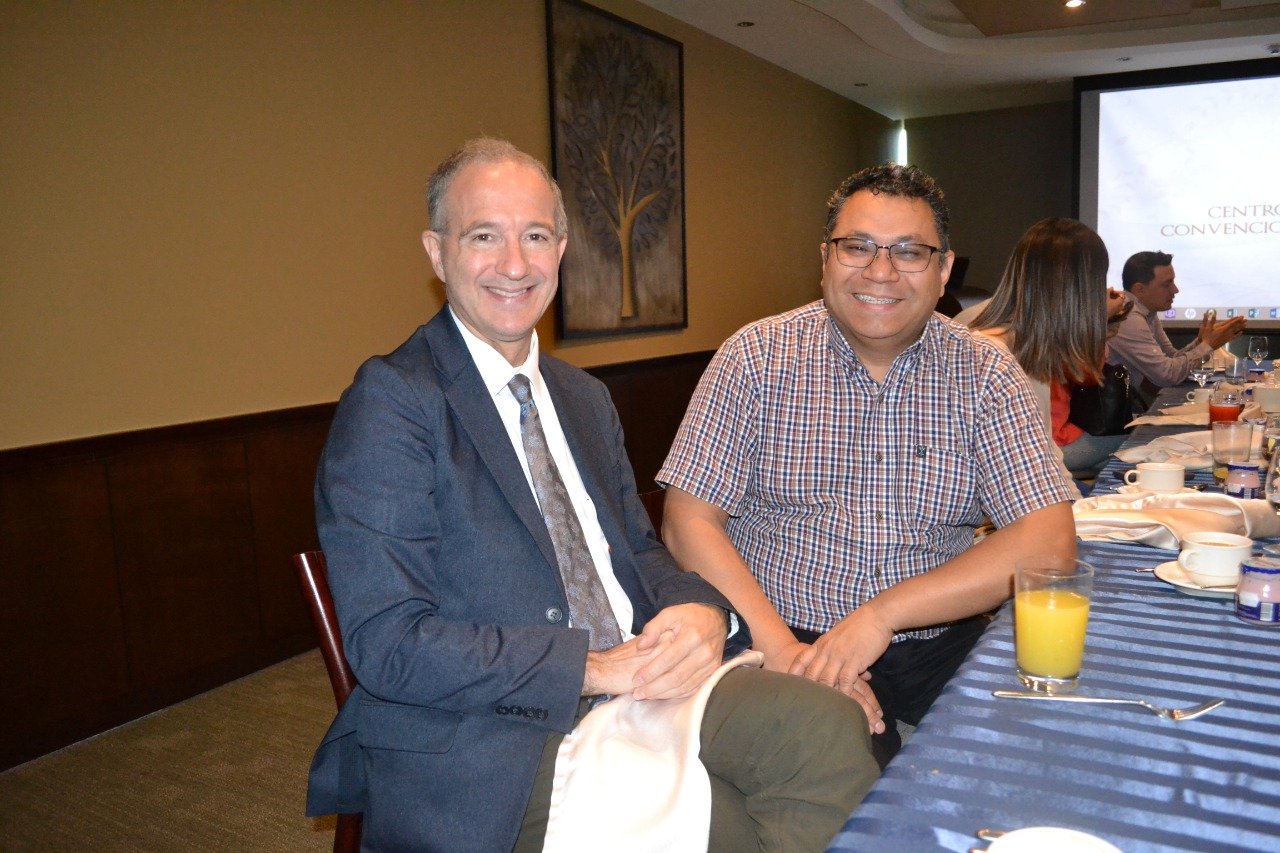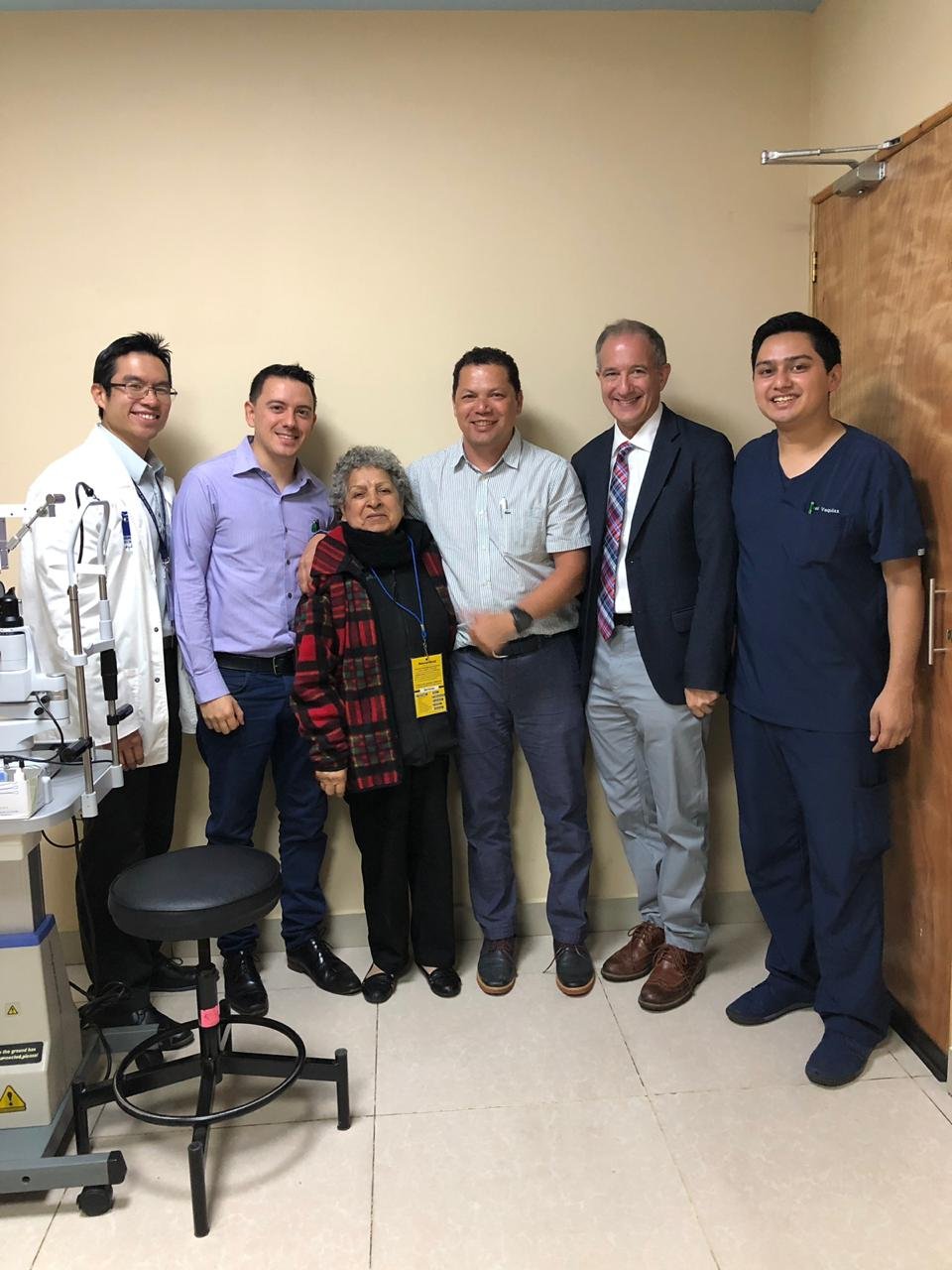Report, Photo Diary: Guatemala
As Chief of the Cornea Service at Wills Eye Hospital, I work closely with Dr. Alex Levin, the Chief of the Pediatric Ophthalmology and Ocular Genetics Service at Wills. Dr. Levin has visited the Visualiza Eye Clinic numerous times over the years, and during his most recent visit, the physicians there expressed a need for more advanced training in corneal disease and especially corneal surgery, and he suggested I consider spending a week there. I contacted Dr. Lucia Silva, the medical director of the Visualiza Eye Clinic, and she believed I could provide education to their entire medical staff on a variety of corneal and anterior segment topics. This teaching would be done in both lecture format and seeing patients with them in their outpatient clinics. In addition, she thought that it would be extremely valuable if their anterior segment doctors could observe me performing corneal transplant surgery and then I could assist them performing corneal transplants. Dr. Silva and I then worked on a schedule for my visit including lectures every day, seeing many patients in the outpatient clinic my 1st two days (including determining which patients we would perform surgery on later in the week) and then doing surgery and seeing post-operative patients the rest of the days. I ended up working in the clinic and in surgery with numerous doctors, including the 2 founders of the Visualiza Eye Clinic, Drs. Mariano and Nicolas Yee, who were fantastic both in and out of the OR.
One of the challenges of performing corneal transplant surgery is obtaining corneal transplant tissue. In the United States, we have a very effective national eye banking system where corneal transplant surgeons are usually able to obtain corneal tissue whenever we need it. The tissue is paid for by the patients’ insurance, or much less commonly by the patients themselves. As of approximately 1-2 years ago, Guatemala has an eye bank, but for a variety of reasons, including the lack of a societal culture of organ and tissue donation, the eye bank is not able to supply much tissue for corneal transplantation. I was told the Guatemala eye bank provided only about 100 corneas for transplantation in the whole country during the past year. Additionally, they were all full thickness corneal transplants, as the eye bank does not have the capability to prepare tissue for Descemet’s stripping endothelial keratoplasty (DSEK) nor the experience to prepare tissue for Descemet’s membrane endothelial keratoplasty (DMEK). Dr. Silva requested that I ask my local eye bank, the Lions Eye Bank of Delaware Valley (LEBDV), to provide tissue free of charge for my trip. She specifically requested some eye bank-prepared DSEK tissue. The LEBDV was more than happy to help. Given the large amount of tissue I was requesting for my trip, the LEBDV asked other eye banks to help out, which they did. In the end these eye banks were able to supply 10 corneas for full thickness transplantation and 5 corneas for DSEK, plus additional tissue for some other cornea surgeries if needed.
Transportation of human tissue for transplantation is not as simple as one may think (or hope) it should be. The administrators at the Visualiza Eye Clinic worked very closely with the staff at the LEBDV to assure as smooth a transport process as possible. Due to airline flight cancellations, the tissue did not arrive on the expected day. All of us in the US and in Guatemala were quite concerned that the tissue might not arrive at all! In the end, the tissue arrived 36 hours later than expected, but still in time for the planned surgeries. Whew!
My wife, Sara, has worked in ophthalmology hospital and practice administration for over 20 years, (including running “Give Kids Sight Day”, a local outreach program, spearheaded by Dr. Levin, for many years) and was going to accompany me on my trip. Dr. Silva arranged for her to meet with many the Visualiza Eye Clinic administrators. Sara ended up going on a pediatric outreach program on one day, and meeting with Visualiza optical shop administrators, business administrators and electronic health records developers on other days.
I gave 6 lectures to the Visualiza medical staff on 4 mornings before seeing patients and doing surgery on Selecting the Best Corneal Procedure Depending on the Specific Cornea, Corneal Surgery Video Session, Epithelial basement Membrane Dystrophy and Recurrent Corneal Erosion, Corneal Imaging Techniques, Corneal Transplantation in Children, and Stepwise Management of Corneal Infections & What to Do When They are Not Responding. In addition, I gave 2 lectures at an evening meeting of the Visualiza medical staff and many of the anterior segment surgeons and trainees of 4 of the ophthalmology residency programs in Guatemala City on The Role of Penetrating Keratoplasty in the Era of Selective Corneal Transplantation and The ABCs of Excimer Laser PTK (Phototherapeutic Keratectomy).
I performed surgery with 5 different anterior segment surgeons, some fairly experienced with full thickness corneal transplantation and others much less experienced. I also performed DSEK with 4 different anterior segment surgeons, some slightly experienced with DSEK and others not at all experienced. For most of the surgeons, they watched me perform the procedure for one patient and then they performed the same procedure with my assistance for the next patient(s). We ended up performing 8 full thickness corneal transplants and 5 DSEKs. We did not use one of the full thickness grafts as the patient was ill and had to cancel on my last surgical day. Fortunately, the tissue was offered to another surgeon in Guatemala City who was planning on using it the next day.
Performing surgery in general can be stressful. Performing surgery in an unfamiliar operating room with different equipment and limited ability to communicate with the OR staff (my Spanish is poor) is extra stressful! The staff at Visualiza was absolutely wonderful and made my surgical experience as comfortable for me as they possibly could. I’m very happy to report that all the surgeries went quite well and that all patients looked very good on the 1st post-operative day. I’m also happy I was able to use almost all the tissue provided by the eye banks for my trip. All the surgeons I worked with in the OR told me they learned a huge amount and it was a unique and highly valuable experience. They were especially appreciative to watch and perform DSEK surgery, which is rarely done in Guatemala. As an added benefit, Sara’s contributions were extremely well received and very much appreciated by the administrative staff at Visualiza.
In summary, my week at the Visualiza Eye Clinic went extremely well and benefited patients, local ophthalmologists and administrators. I very much appreciate your moral and financial support, without which this mission trip would not have been possible.
Christopher J. Rapuano, MD
